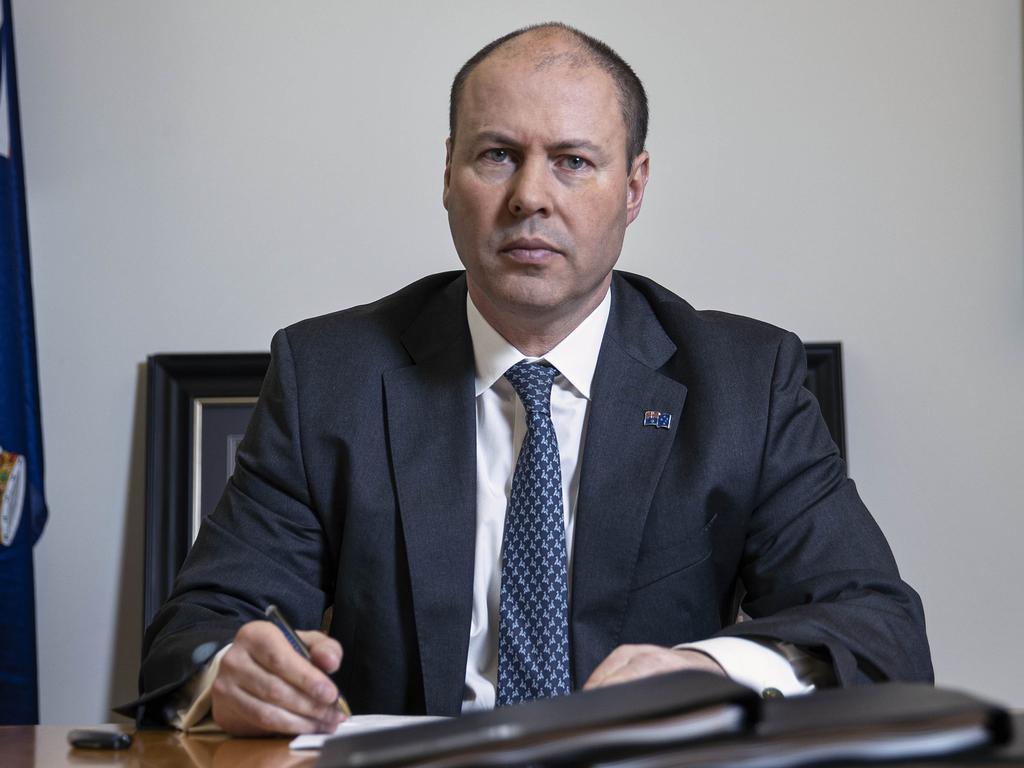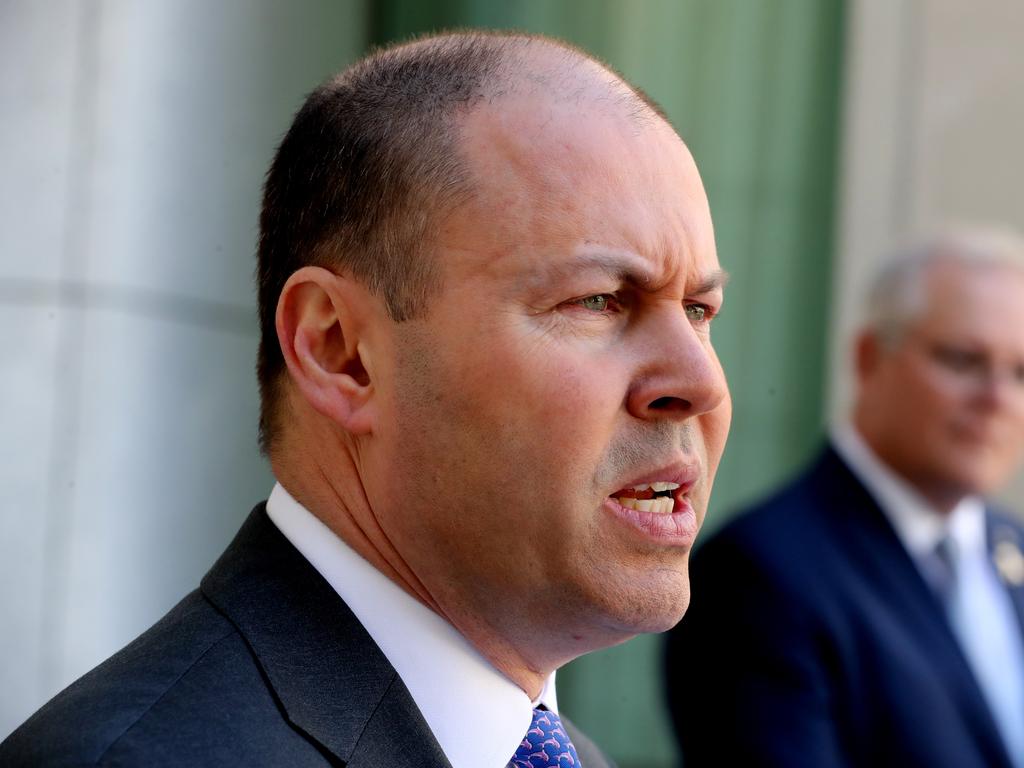The major exception being John Howard’s 1980 budget as Treasurer during the Fraser years. In the days before he was due to deliver it, Laurie Oakes was leaked the entire document and dutifully shared the news with his audience.
Budget 2020 has followed the well worn script, but beyond the fodder of the news of the day what will make this budget so interesting are the details as to how the government plans to navigate Australia out of the economic crisis COVID-19 has created.
The four years of forwards estimates means that we will find out exactly what assumptions the Treasury, at the behest of the Coalition government, are making. On growth, unemployment, debt, tax as a percentage of GDP, you name it. These inputs will help Australians better appreciate where the Coalition’s focus will be for the rest of this term and beyond, assuming its re-elected.
One important choice that may become a political battleground between the major parties is how much spending government should engage in, including relative to the tax take in the coming years. Spending without higher taxes means substantially more debt. However, lifting taxes at a time like this could dangerously damage the fragile economy, making a bad situation even worse. We are in recession after all.
The other option is to keep taxes low but try to minimise the ballooning debt, which would mean putting downward pressure on government spending. That means cuts, which can be as dangerous to the economic recovery as higher taxes are.
Philosophically both major parties need to confront their inner ideological demons when deciding what course to chart: Liberals risk growth by clamping down on spending in the name of “fiscal conservatism”, Labor risks growth if it taxes individuals and businesses too much.
What lessons have our politicians learned from the COVID-19 crisis?
If the Coalition government chooses to let debt balloon more substantially than it might like in the name of supporting the fragile economy, it will need to walk away from its “back in black mantra”. Not only because the current economic climate requires it, but because debt will become a feature of our economic settings for so long into the future there is no political utility in continuing with that false narrative.
Before the COVID-19 crisis our debt levels were low by global standards, net debt of just 19 per cent of GDP. After this year’s budget including across the forward estimates that figure is expected to rise to around 50 per cent of GDP. Unless the Coalition tries to address that uptick. That’s quite a jump, but economists are convinced it’s necessary to get the country on a better growth footing. Again it would be low debt by global standards in the post-COVID-19 world.
If the Coalition falls short of that percentage, that could mean it has stayed married to its fiscal conservative ideology and is therefore putting a growth led recovery at risk by clamping down on spending too hard.
The other interesting debate to watch out for is how high taxes as a per cent age of GDP should go. Not necessarily right now when higher taxes would damage the recovery, but in the years beyond that. Do we now expect so much from government, including in the wake of COVID-19, that as a society Australians must accept that government needs more money to achieve the KPIs we set it? Unless debt just spirals out of control forever, which few believe is a sustainable proposition.
All taxes are distorting, which means they impact on the economy in terms of how they are levied. The closest we come to taxes that do not distort are those that internalise externalities, like tobacco or carbon taxes for example. But they can become politically distorting, as we’ve regularly seen, even if their economic logic stakes up.
Even if the medium to long term decision is that Australians need to learn to accept higher taxes as a percentage of GDP, such settings require politicians to try and structure policies so that we impose higher taxes in the least distorting way possible. Equally, if political leaders do not want higher taxes, they still need to find ways to lower the distortions currently in the tax mix.
In other words, tax reform must be a priority, no matter what the philosophical predisposition of our leaders is. Now is not the time to be timid. Now must be the time for reform to be embraced. Budget 2020 will give us an early indication of whether this government plans to take up the challenge in the years ahead, or merely preside in power. If it chooses the later, just watch Australia’s prosperity ebb away in the years to come.
Peter van Onselen is a professor of politics and public policy at the University of Western Australia and Griffith University.







Budgets these days are largely a PR exercise in that they allow the government to set the agenda, uninhibited by the opposition. This happens on the day when the lock-up only allows ministers and hand picked bureaucrats from Treasury to answer journalists’ questions as they read over the freshly printed budget documents. But it also happens in the days ahead of the Treasurer’s speech, as large chunks of the budget are selectively and strategically leaked. While on occasion unauthorised leaks do happen, generally speaking any leaks are better described as “drops”.